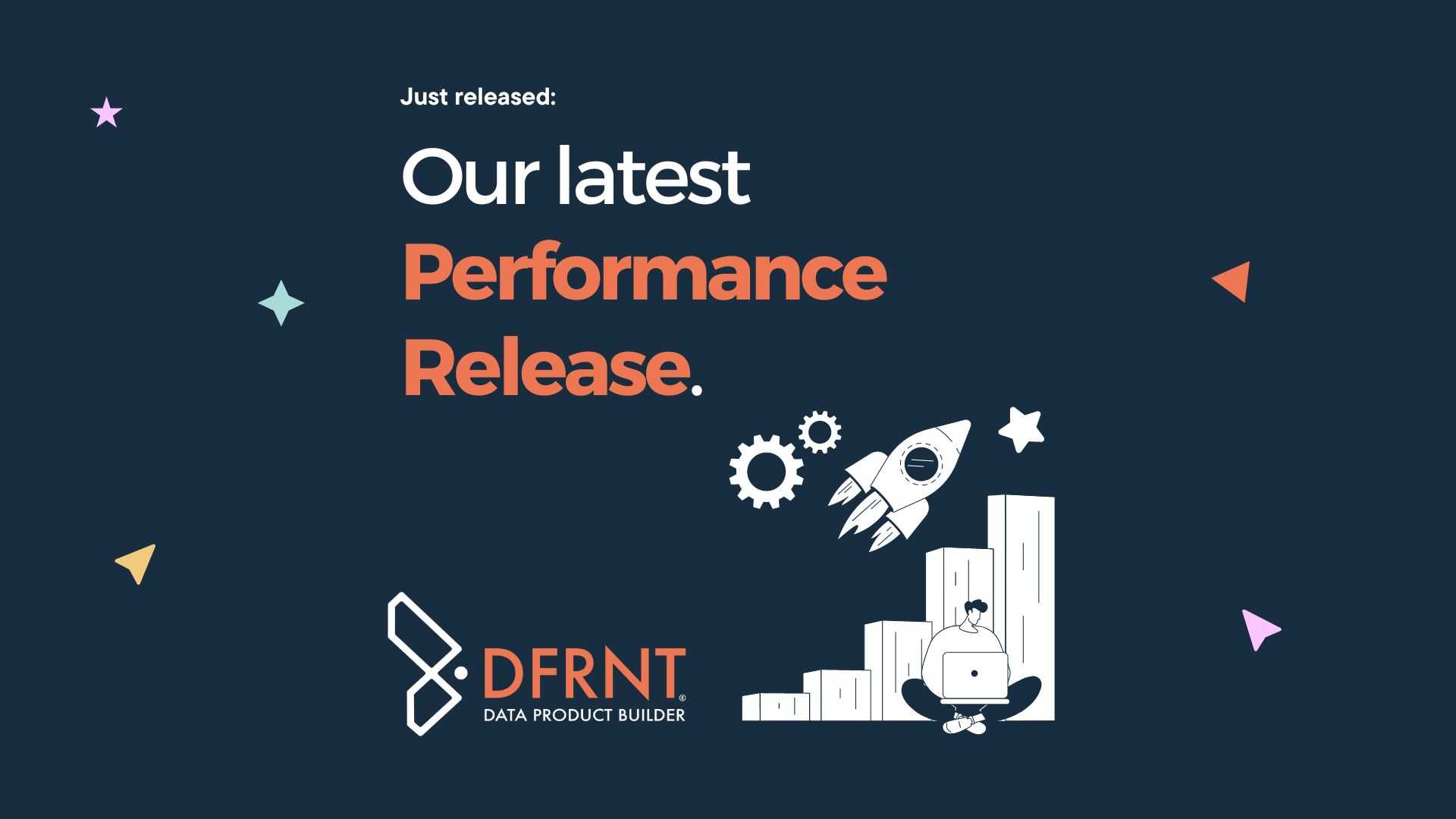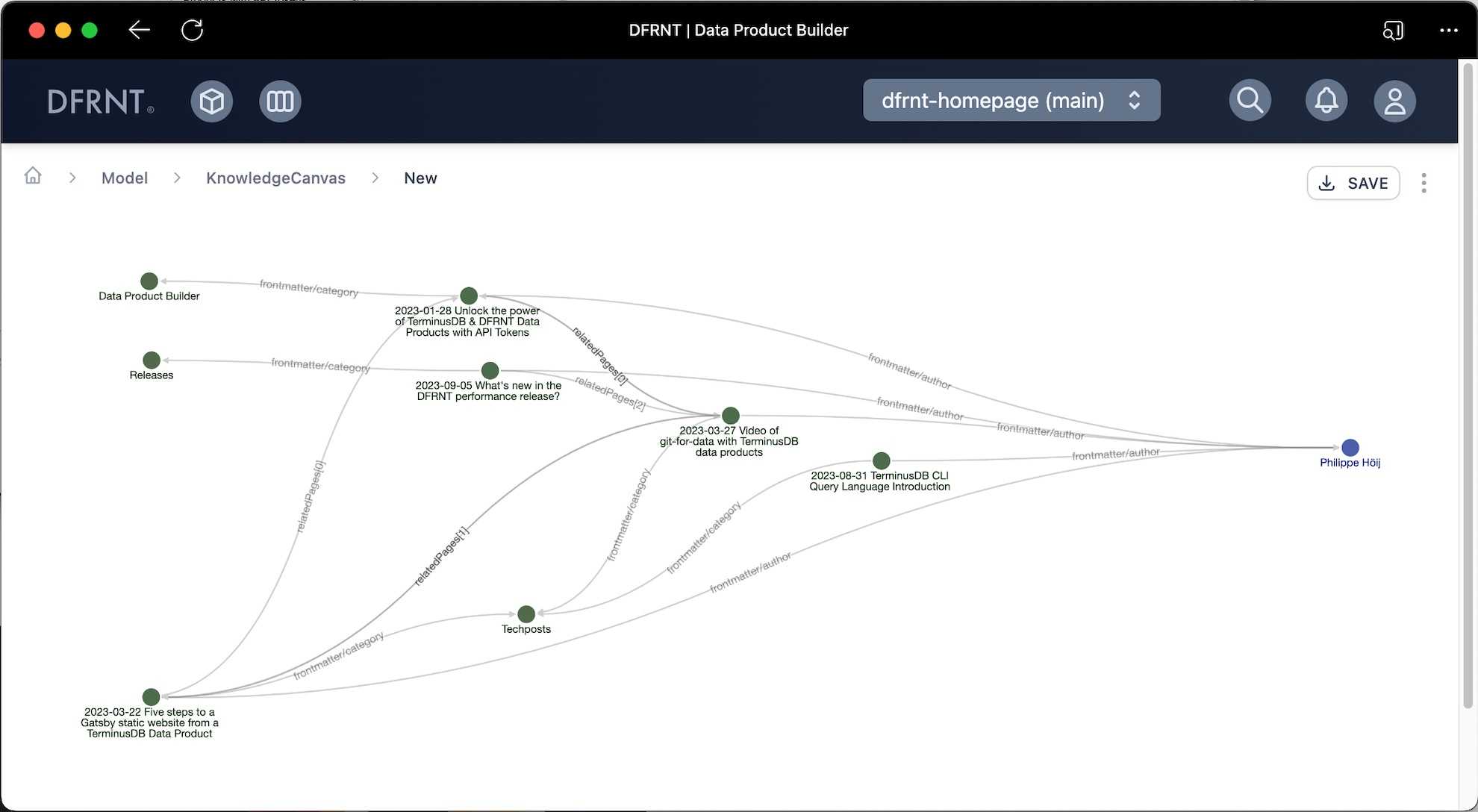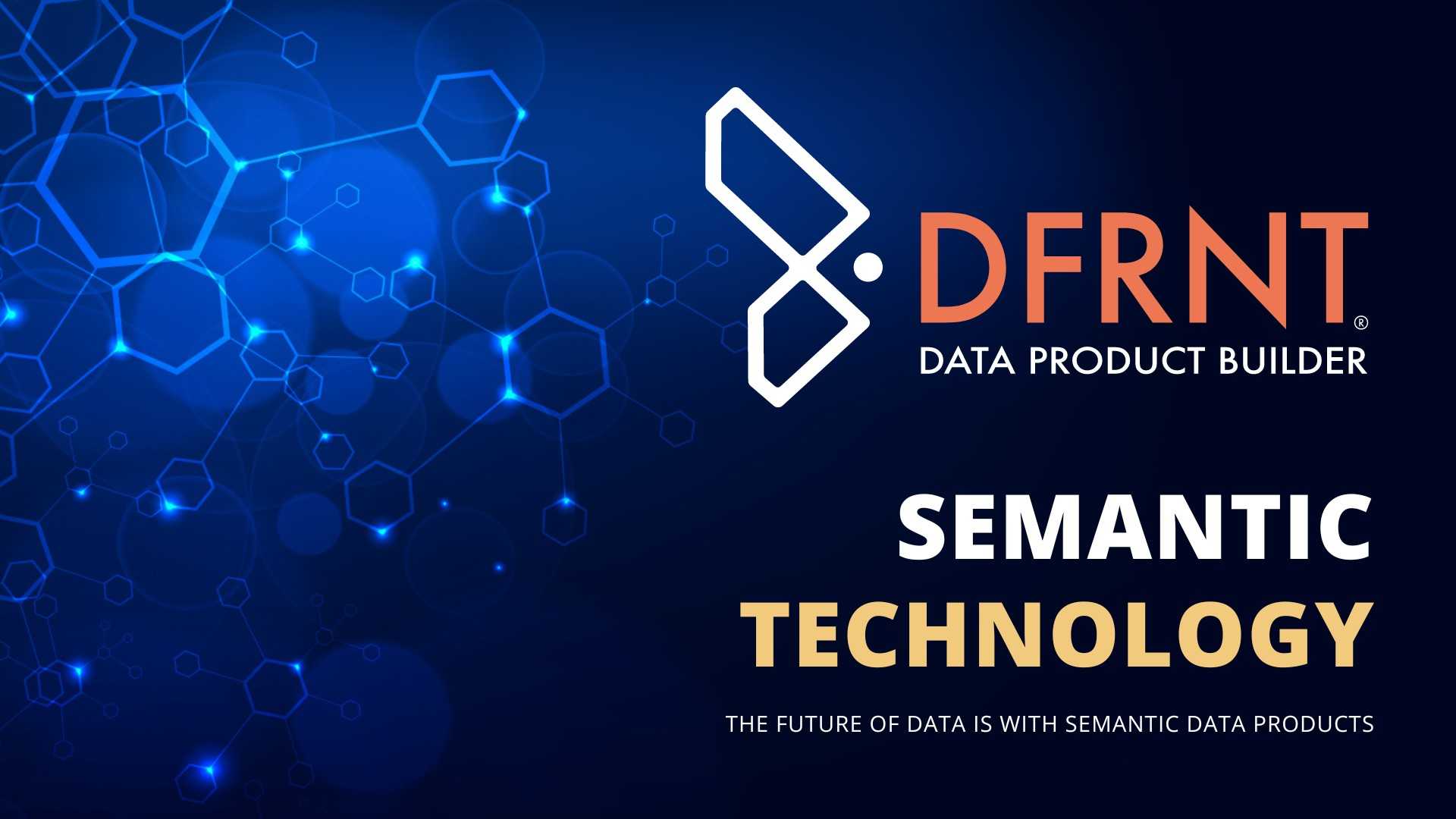The DFRNT Performance Release: Improving Your Graph Data Product Experience
Data management is critical for businesses today. Accurate data is essential, but with current schema-less practices, we are doomed to repeat yesterday's mistakes. In this regard, the latest DFRNT performance release continues to pave the way to a significantly improved way to manage metadata, data and content.
For semantic data practitioners, enterprise architects, and technical founders, this release marks a significant milestone in the evolution of the powerful DFRNT data product builder platform. With a suite of new tools, improved performance, and new schema editing capabilities, we are now better equipped than ever to help businesses structure their linked data and metadata.

In this blog post, we'll take a detailed look at all the new features and improvements that the performance release brings.
Key user experience improvements
The DFRNT performance release brings several key improvements that enhance the user experience. One of the most significant is the ability to install DFRNT as a secure progressive web app from Edge and Chrome. This makes it easier for existing and new users to access the platform securely from any device and location.
The release also includes the beautiful graph workspaces that allow users to move nodes freely to suit their visualisation needs. Additionally, users can hover over the notification bell to see what's going on or click it for details.
New powerful tools
The release also introduces several new tools that make it easier for users to manage their data. The most notable of these is the free-form graph visualization builder known as "Graph Workspaces." Using this tool, users can add and move nodes freely, creating beautiful and informative visualisations.
In the screenshot below, we see graph relationships between DFRNT blogposts, categories and the author for a few selected records.

The performance release also includes a dedicated editor for editing the TerminusDB schema context to add custom JSON-LD prefixes, known as the "Context Editor." Lastly, the platform now supports a free-form editor for the TerminusDB schema.
Better performance
DFRNT's latest release comes with improved performance, aimed at making data management faster and more efficient. The core TerminusDB execution engine has been moved into DFRNT to improve performance.
Additionally the "Ontology view" is now rendered more efficiently as it's a key part of the experience. Additionally, inherited documents are no longer shown by default, making navigation faster.
More out of the box data modelling abilities
The DFRNT performance release introduces significant improvements to schema modelling, making it easier for users to create custom schemas that align with their specific needs. For instance, the release includes custom prefixes added to the core DFRNT meta-model, alongside an editor that enables users to edit their schema freely.
Additionally, the platform now supports the TerminusDB Foreign schema construct and the Tagged Union schema construct, making it easier to work with different schema types.
We continue to be the #1 TerminusDB data product builder
Overall, the DFRNT performance release brings several new features, improvements, and tools to enhance the user experience. These include the ability to install DFRNT as a secure progressive web app, beautiful graph workspaces, a free-form editor, and improved performance.
Additionally, the release introduces support for custom schema modelling, adding much-needed flexibility and customisation to the platform. For data practitioners, enterprise architects, and technical founders, this DFRNT performance update is a significant milestone that further improves the platform's capabilities.




